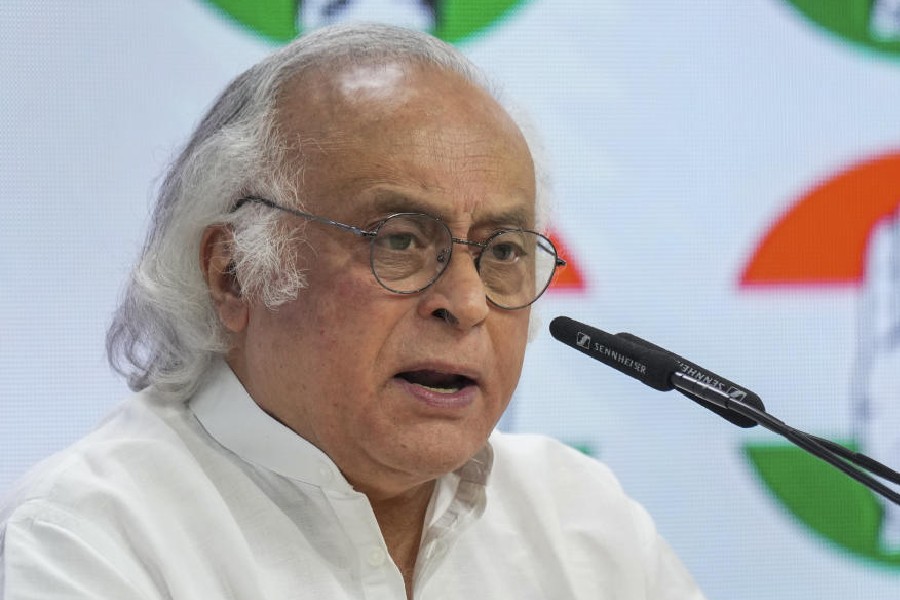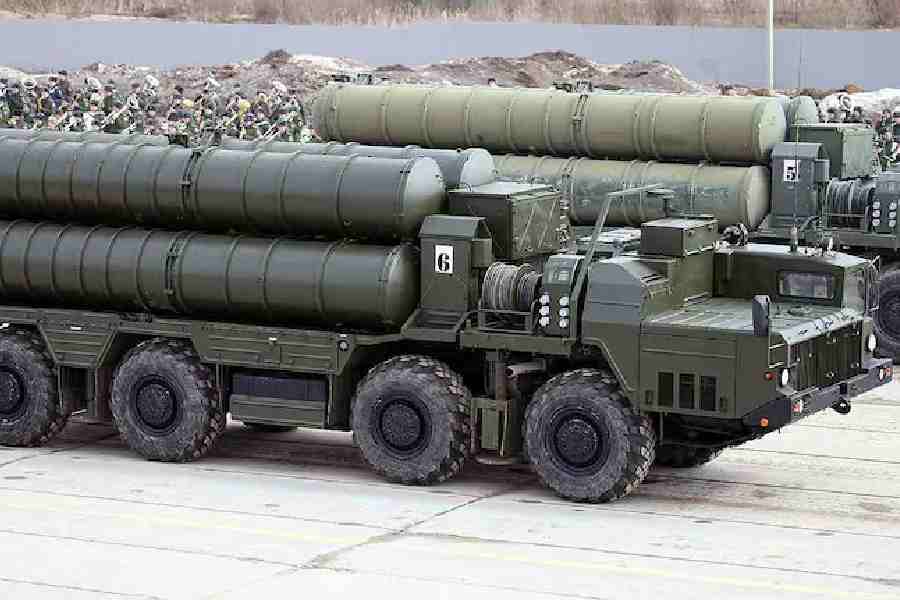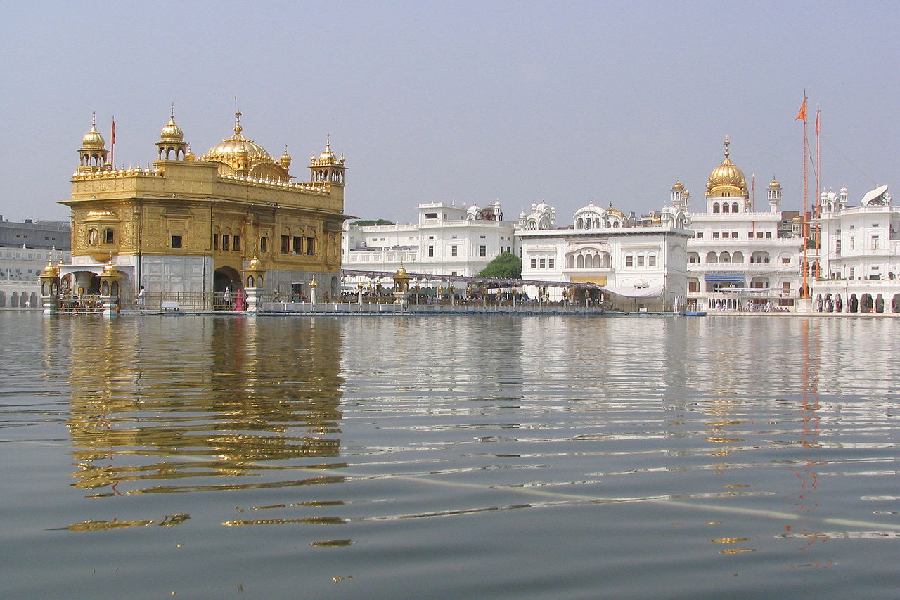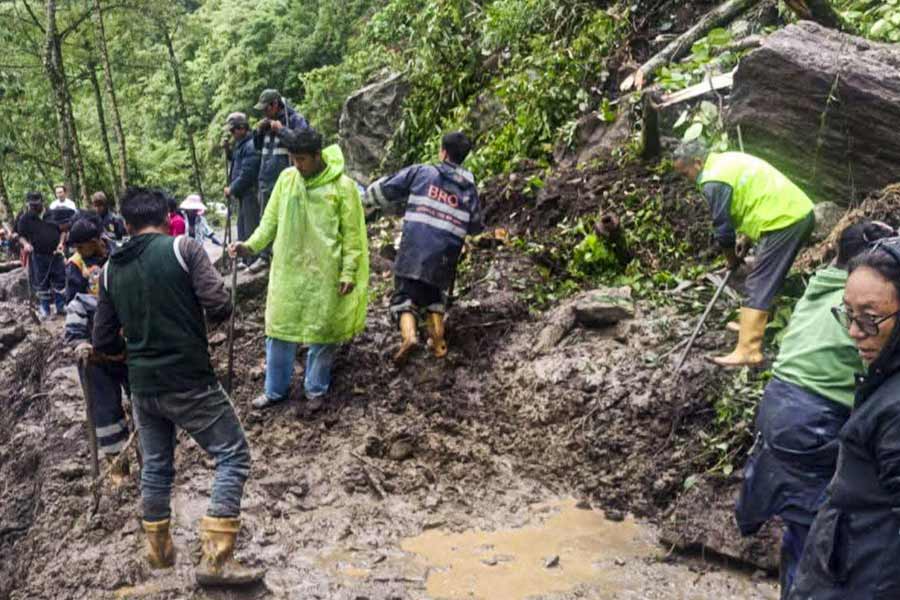 |
| Taleyarkhan with his table top apparatus |
It is not difficult to guess that Rusi Taleyarkhan, professor at Purdue University in the US, is now going through the most difficult and the most exhilarating phase of his professional life. But he confronts the situation with nonchalance, although the tone of his voice suggests that he gets perturbed occasionally. “Even the greatest of scientists had to go through years of criticism before their work was accepted,” he says. Prominent in his long list of such scientists are Galileo, Newton and Einstein. Newton’s work on the splitting of light into colours was ridiculed by Robert Hooke, the most prominent scientist of the time. Einstein’s discovery of the photoelectric effect was not accepted for a long time, but he ultimately won the Nobel Prize for it.
Taleyarkhan’s work, too, will have profound implications for humanity if accepted as part of the scientific edifice. Early in this decade, he published research that claimed to have achieved nuclear fusion in a table top apparatus. Such work was not exactly in the wish list of most scientists and companies, but only because most of them thought it was impossible to achieve. Opposition and criticism had begun as soon as Taleyarkhan published his research results, and kept increasing as he published more and more evidence of table top fusion. Last year, new allegations surfaced: that he had prevented his colleagues from publishing their negative findings. The word fraud was mentioned more than once. Purdue University conducted an enquiry, which was followed by another one. The university announced recently that it had found no evidence of fraud or coercion, but the controversy does not seem to be dying down. “Purdue’s enquiry fails to satisfy critics,” wrote the British journal Nature, in a report that criticised the university for its guarded methods. A competing team of physicists from the University of California in Los Angeles and the University of Illinois had been trying in vain to replicate Taleyarkhan’s results.
Yet Taleyarkhan has his supporters as well, some of them prominent scientists, and he does not hesitate to cite their comments. The journal Science is far more sympathetic than Nature. William Bugg, a University of Tennessee professor and high-energy physicist, visited Taleyarkhan’s laboratory to verify his results. Edward Forrniger, physicist at the LeTourneau University in Texas, too visited Taleyarkhan’s laboratory to verify the results independently. They had both found evidence of nuclear fusion in the experiments, but the critics are not satisfied because they had used Taleyarkhan’s laboratory. Taleyarkhan has a ready answer to this concern. “Very few research groups now get multi-million dollar grants to do things in their own lab to confirm someone else’s work. The use of other people’s facilities to do independent work is commonplace...”
What is obvious to one person is not obvious to another, and could even seem ridiculous to a few others. Bubble fusion is as clear as daylight to Taleyarkhan. He used a technique called cavitation, the science of creating small cavities — bubbles — inside liquids and then studying their behaviour. These bubbles expand and contract when energised with neutrons or something else. Taleyarkhan created bubbles in acetone, after replacing ordinary hydrogen in the liquid with its isotope, deuterium (heavy hydrogen).
The rapidly contracting bubbles generated high temperatures inside, which was enough to make trapped deuterium atoms fuse. Fusion creates neutrons and tritium, both of which he measured. But it is not obvious to everybody. Where did the neutrons come from? From the original bombardment or from fusion?
Taleyarkhan is tweaking his experiments to convince the sceptics. He now uses alpha rays instead of neutrons, so that there is no confusion as to their origin. On a parallel scale, he is also thinking hard about commercialising his work. Bubble fusion is useful in more ways than one. We could make diamonds using collapsing bubbles. We could make cheap tritium, an isotope of hydrogen used in medicine. Finally, we could produce clean and cheap energy, which Taleyarkhan describes as the number one problem facing the world.
Those who aren’t part of the scientific community, and hence cannot take sides in this debate, would look forward to a few commercial products.










